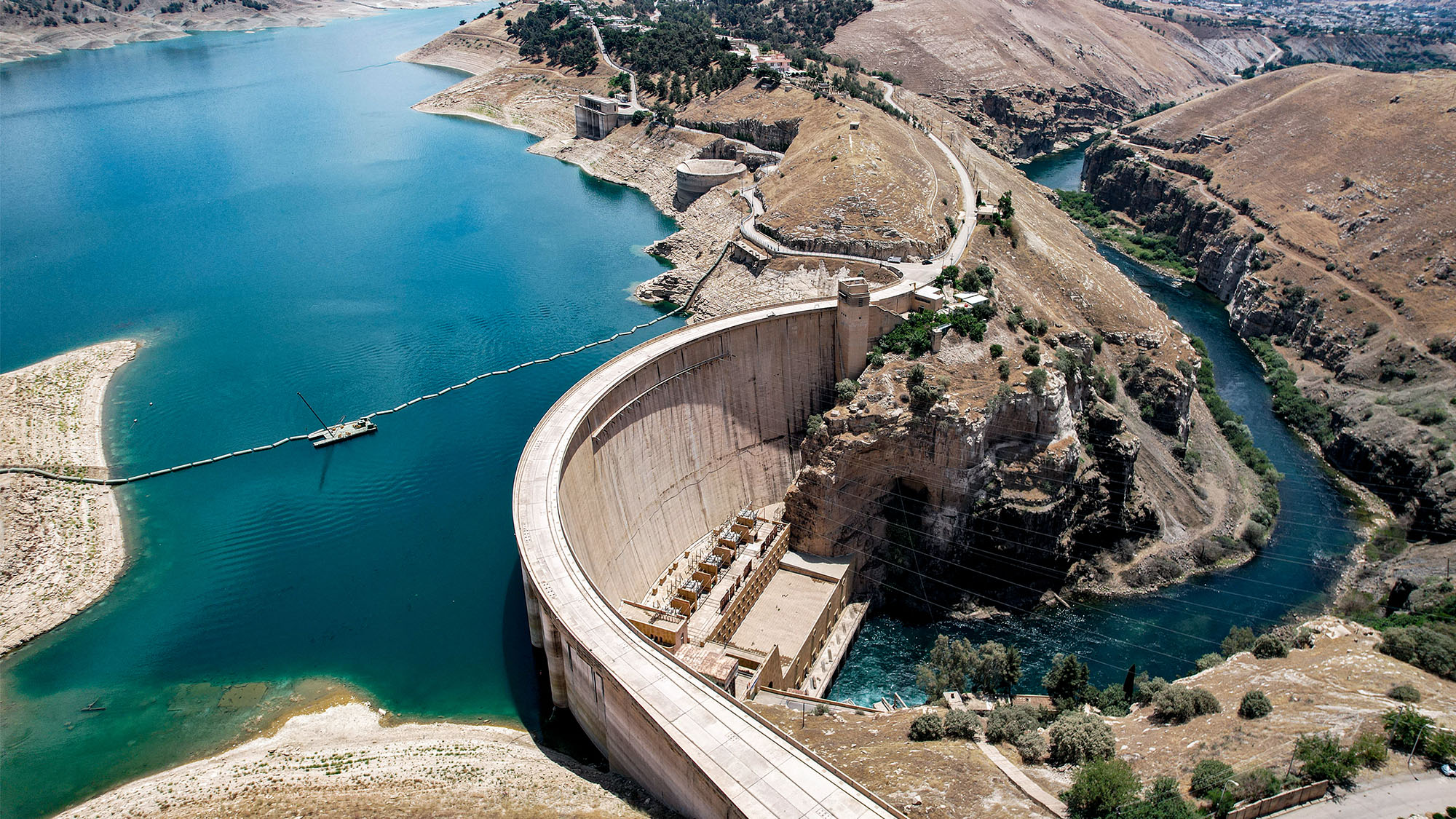The Week Unwrapped: AI scams, entry fees and wooden buildings
Will artificial intelligence supercharge fraud? Should cultural landmarks charge for entry? And will we build the cities of the future from timber?
Olly Mann and The Week delve behind the headlines and debate what really matters from the past seven days. With Guy Anker, Holden Frith and Sorcha Bradley.
You can subscribe to The Week Unwrapped wherever you get your podcasts:
In this week’s episode, we discuss:
The Week
Escape your echo chamber. Get the facts behind the news, plus analysis from multiple perspectives.

Sign up for The Week's Free Newsletters
From our morning news briefing to a weekly Good News Newsletter, get the best of The Week delivered directly to your inbox.
From our morning news briefing to a weekly Good News Newsletter, get the best of The Week delivered directly to your inbox.
AI scams
This week the personal finance guru Martin Lewis drew attention to a new fraud threat – the use of fake AI-generated videos to draw people into financial scams. In this case, the clip featured Lewis himself, apparently urging people to put their money into a multi-million-pound investment opportunity – even though he had never said anything of the sort. Should we be preparing for a new and increasingly sophisticated breed of scammer?
Cultural entrance fees
The Pantheon in Rome has started charging tourists a €5 entry fee, leading to a backlash from the city’s tourist industry. In part that’s because the way it has been implemented led to widespread confusion, but it also provoked a debate about the broader principle of whether people should have to pay to see their cultural heritage.
Wooden buildings
In the Sickla district of Stockholm, Sweden, preparations are underway for an ambitious project that aims to erect the world's largest wooden “city”. Known as Wood City, this groundbreaking development will feature 7,000 office spaces and 2,000 homes over 250,000 square metres. But despite architects and developers championing the environmental benefits of using mass timber in construction, can they successfully convince the public of its safety?
A free daily email with the biggest news stories of the day – and the best features from TheWeek.com
-
 How will China’s $1 trillion trade surplus change the world economy?
How will China’s $1 trillion trade surplus change the world economy?Today’s Big Question Europe may impose its own tariffs
-
 ‘Autarky and nostalgia aren’t cure-alls’
‘Autarky and nostalgia aren’t cure-alls’Instant Opinion Opinion, comment and editorials of the day
-
 Japan’s Princess Aiko is a national star. Her fans want even more.
Japan’s Princess Aiko is a national star. Her fans want even more.IN THE SPOTLIGHT Fresh off her first solo state visit to Laos, Princess Aiko has become the face of a Japanese royal family facing 21st-century obsolescence
-
 The Week Unwrapped: Will drought fuel global violence?
The Week Unwrapped: Will drought fuel global violence?Podcast Plus why did Trump pardon a drug-trafficking president? And are romantic comedies in terminal decline?
-
 The Week Unwrapped: Have pedigree dogs had their day?
The Week Unwrapped: Have pedigree dogs had their day?Podcast Plus what can we learn from Slovenia’s rejection of assisted dying? And can politicians admit their weaknesses?
-
 The Week Unwrapped: Will US Catholics rebel against the Pope?
The Week Unwrapped: Will US Catholics rebel against the Pope?Podcast Plus what are the ethics of freezing your late partner?
-
 The Week Unwrapped: Can musicians challenge Putin?
The Week Unwrapped: Can musicians challenge Putin?Podcast Plus who were the ‘human hunters’ of the Bosnian war? And what should happen to captive penguins?
-
 The Week Unwrapped: Are British rappers the world’s best?
The Week Unwrapped: Are British rappers the world’s best?Podcast Plus can the Maldives quit smoking? And can whales lead us to immortality?
-
 The Week Unwrapped: Should we be eating less fat – or more?
The Week Unwrapped: Should we be eating less fat – or more?Podcast Plus who will benefit from the surprise Dutch election result? And how can art improve our health?
-
 The Week Unwrapped: Will Grace Wales Bonner change Hermès for the better?
The Week Unwrapped: Will Grace Wales Bonner change Hermès for the better?Podcast Plus will nuclear fusion deliver us from climate change? Is humour the best way to take on Trump?
-
 The Week Unwrapped: Can bullfighting win over young Spaniards
The Week Unwrapped: Can bullfighting win over young SpaniardsPodcast Plus, is online fandom inherently unhealthy? And is Putin’s economy running out of gas?